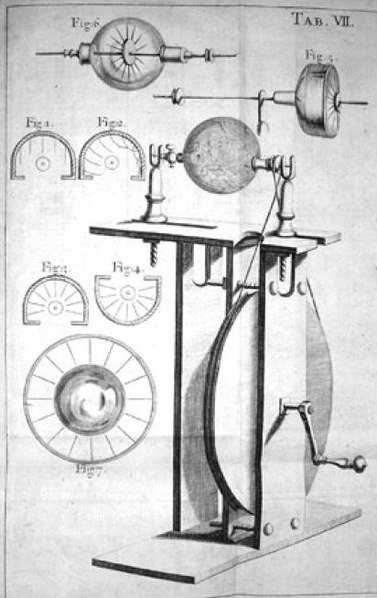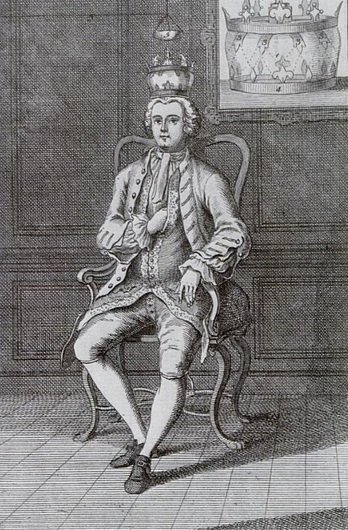The electric force is indeed one of the greatest forces known to man, with electricity man has been able to power a lot of things.
From households, to electrical devices, industrial machines, phones, buildings and even entire cities, the utility of electricity is very widespread.
This wonderful force of nature whose rawest and most naturally powerful form can be experienced in form of lightning has been vital to the technological advancement of man.
Therefore, is is important to try to know one or two things about the study, evolution and uses of electricity at a time like the middle ages.
In this post we are going to touch base with three notable experiments that helped highlight the potentials of electricity.
Humphrey Davy's chemical battery
Sometime in the 19th century, a scientist named Humphrey Davy, built the largest battery the world had ever seen at that time using a combination of chemicals and acids.
Though a true event, not much information could be found about the true nature of this battery other than the fact that the device was very unique for its time and further sparked different tenacious interest in the study and use of electricity.
Humphrey went on to achieve other feats using electricity, notable among them is the separation of materials into different base elements including but not limited to Pottasium and Sodium through a process known as electrolysis.
Frank Hauksbee mercury generator
Also, about a century earlier a protégé of Isaac Newton, a man who was known as Francis Hauksbee demonstrated an electrical phenomenon that left everyone astounded, he was able to build a generator that shone a slightly bright light when powered, the generator had to be powered manually by whining a lever at the side of the machine but nevertheless it was a one of a kind innovation at the time.

Hauksbee was inspired by a discovery by French scientist Jean Picard. who found out that when a barometer is shaken, the mercury inside the barometer begins to glow. Hauksbee reproduced this process using a bell jar and a vacuum.
This single event serves as a turning point in the study and experimentations on electricity, no one had seen something like that before and a display like was regarded as nothing less than magical.
Georg Matthias Bose's Electric Beatification
After this awakening show, a lot of other scientists started looking into electricity and its potentials, the most prominent first set of inquirers who went ahead to create use cases of Hauksbee's invention were magicians and conjurers, who created magic tricks using electricity in order to wow their audiences at events.
One notable trick is known as electric beatification, it was demonstrated by German physicist Georg Matthias Bose at the University of Leipzig. The experiment was quite mystifying at the start that a lot of people accused hin of fabrication(he refused to share how he made it work).
Bose's beatification involved having a participant sit in an armchair in the dark, after a few moments a bright light appeared over the person's head from a crownlike device that's placed directly overhead but was rendered invisible by the initial darkness.

References
- The story of electricity - Youtube
- Electrostatic generator - National Maglab
- Francis Hauksbee - Wikipedia
- Humphrey Davy - Britannica
- The High Voltage Beatification of Professor Bose at Wittenburg - Lateral Science
- Sparks in the dark: the attraction of electricity in the eighteenth century - Paola Bertucci
- Science and Celebrity: Humphry Davy's Rising Star - Science History
Hello @michaelmaddof
Thank you for sharing that interesting content in the project Hope community.
I didn't know that had happened, I haven't researched anything about the creation and origin of electricity.
But it has been a good and concrete post.
Thanks for reading through, I'm glad you found it interesting